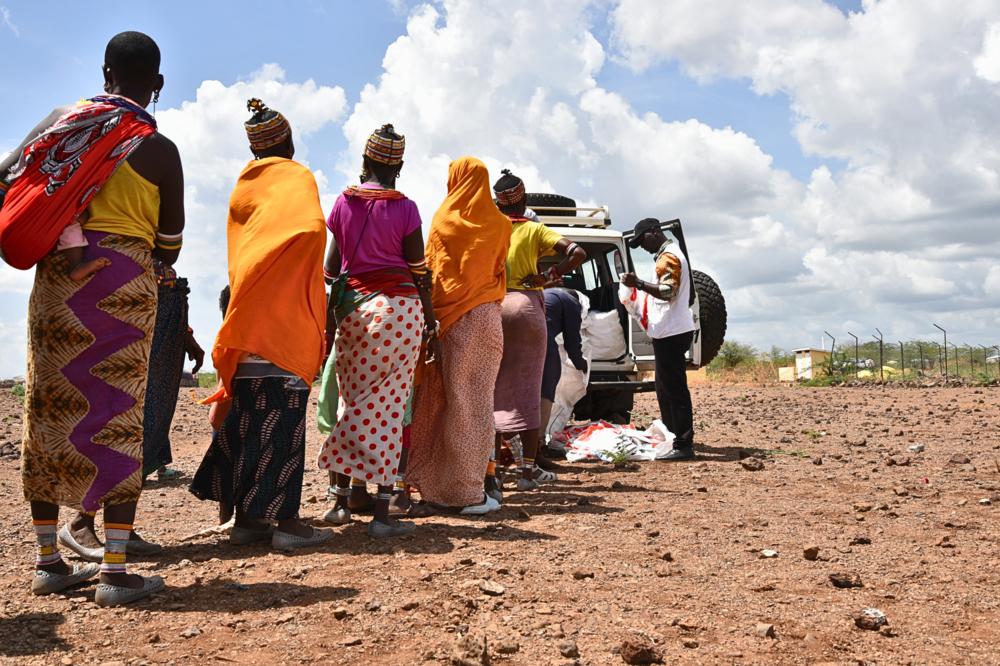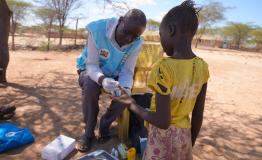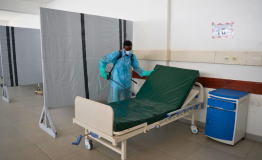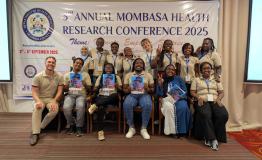Since late 2024, Marsabit and Wajir counties, in the arid north-eastern region of Kenya, have been experiencing a significant surge in cases of Kala-azar, also known as Visceral Leishmaniasis. Médecins Sans Frontières (MSF) / Doctors Without Borders emergency teams in collaboration with local health authorities have been responding to the rising cases. 347 cases and 5 deaths reported in Marsabit with 994 cases with 40 deaths in Wajir. Children under five years are the most affected with majority below two years.
Kala-azar is a deadly parasitic disease transmitted by the bite of infected sandflies, which thrive in the hot, arid landscapes of northern Kenya. It is also a neglected tropical disease (NTD). Apart from the environmental factors, being pastoralists exposes them more to the sandflies.
Left untreated, the disease is fatal in 95% of cases, making it the second deadliest parasitic disease after malaria.
There is a significant lack of both test kits globally and medication to treat it effectively. This shortage severely hindered timely treatment and control of the disease in the affected communities at the start of the surges.
“Kala azar is deadly, difficult to detect especially with limited test kits, and poorly understood by most communities,” said Dr. Barbara Amonde, MSF emergency medical lead in Marsabit. “If the case definition is not strictly applied, and the disease wrongly diagnosed, with strong and toxic drugs used in treatment, the risk of poisoning and death to patients is real.”
“In previous years, we had cases from two areas- Loglogo and Shurr only, but we are now seeing cases from the whole county in the current upsurge, with children under five and adult males most affected” explained Abdiya Gewada, neglected tropical diseases coordinator in Marsabit County.

Strained healthcare systems, limited diagnostics and treatment resources, and low public awareness hinder effective prevention and response to the already neglected disease at a broader scale. Wajir county saw the highest numbers in the country.
“Getting testing kits and even medications within the country have been difficult. Health care workers not always knowing how to diagnose reduced the capacity to respond quickly at the initial stages of the surges leading to untimely loss of lives” said Hussein Mohammed, acting neglected tropical disease coordinator in Wajir County.
A call for greater attention and resources for neglected tropical diseases
“This outbreak is a reminder that neglected diseases do not just affect health, they expose deep inequalities in healthcare access,” reiterates Maureen Muchanga, MSF medical team lead in Wajir.
“Without proper vector control, accurate diagnosis, affordable treatment, and enough trained healthcare workers, kala azar detection and care remain delayed and difficult with human cost.”
The surges in Wajir and Marsabit have once again shown the human impact of neglected diseases. Limited access to diagnostic tools, toxic treatment regimens that require expert handling, and low public awareness are just some of the obstacles in tackling this neglected disease.
MSF calls for increased national and international focus on neglected tropical diseases, including health worker training, improved funding for diagnostics and safer treatments, community awareness, and prevention.
MSF team in Wajir is continuing to support with treatment at Wajir County Referral Hospital and Griftu sub-county hospital which still have higher cases. After two and a half months of support, MSF team has exited Marsabit County, with all health activities now fully managed by the Marsabit County Health Department



